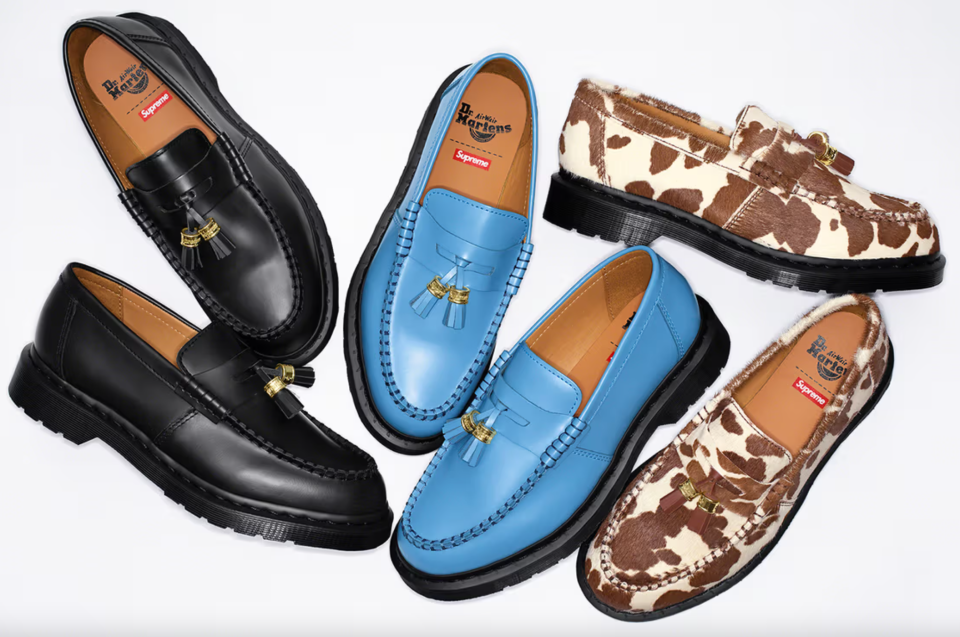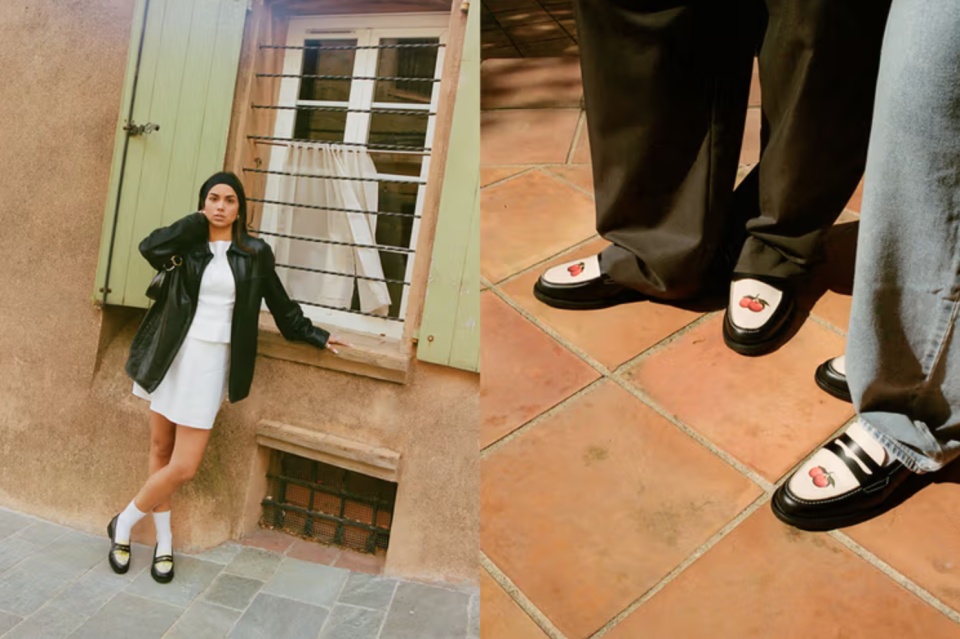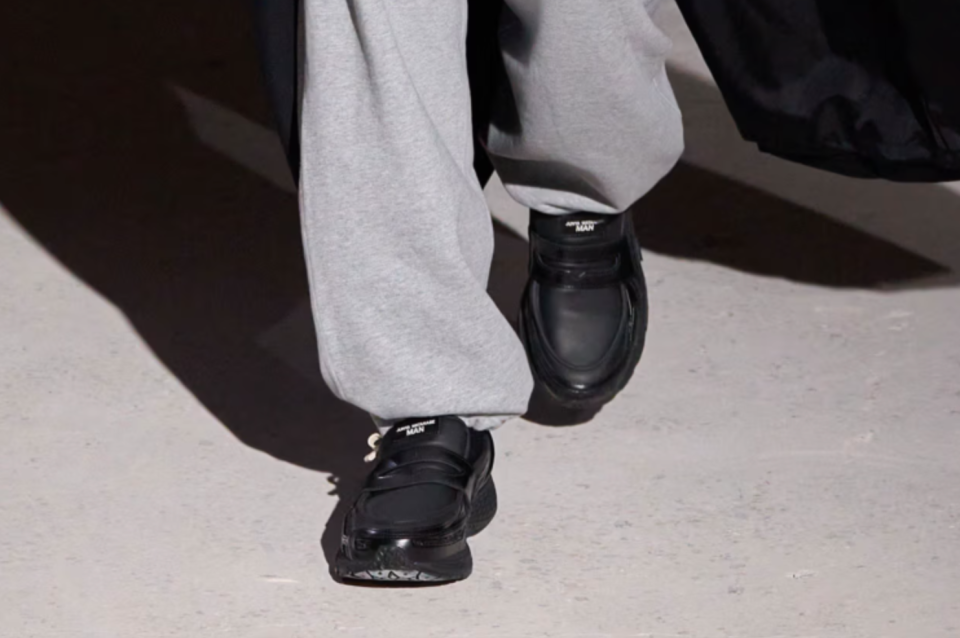When Did Loafers Become Streetwear's Favorite Shoe?
The streetwear world was once synonymous with the sneaker. No fit check or get-ready-with-me would be complete without it. Now, scroll through your Explore feed or For Your Page and there seems to be one common denominator: the humble loafer. Once reserved for sartorial menswear looks or more formal occasions, the loafer is a shoe that's had possibly the biggest rebrand in recent years, now lending itself to streetwear looks and everyday outfits.

The rise of the loafer is the result of a wider shift towards more versatile silhouettes. Alongside the loafer, we've seen styles like Birkenstock's Boston Clog and Clarks' Wallabees growing in popularity, suggesting that while sneakers may reign supreme with streetwear purists, there's a new generation of fashion fans that are more willing to experiment.
Part of the rise comes down to wanting more options, something which Archie Hewlett, founder of British loafer label DUKE + DEXTER, knows all too well. "The enduring loafer buzz stems around versatility," he tells us. "You have the variety in the loafer designs themselves -- for example, we offer embellishments, different sole options, materials, prints and embroidery etc. And then you have the endless ways of wearing them now -- dress them up or down, with a tee and baggy pants, with track pants, or all out with a suit for some big occasion. They've hit that sneaker status of being socially acceptable in any environment. And let's be real, they look far better than most basic sneaker looks," he continues.

Along with the versatility aspect, it also comes down to a rejection of restriction and convention -- something that the Gen Z crowd has definitely contributed to. While sportswear looks were once complemented only by sportswear shoes, the rules have loosened and ultimately, don't really exist anymore because a lot of us are far more willing to mix and match than ever before. It's hard to pin-point an exact time in which this changed, but for a lot of people, it's the pandemic and ensuing lockdowns which had a significant impact, giving us the time to embrace comfort, adapt to change and experiment.
Charlotte Lee, Senior Footwear Designer at New Balance (and the person partly responsible for the recent NB sneaker loafer) puts it down to "a lack of desire to be restrictive," noting "elasticated waistbands, comfortable clothing and loose silhouettes" as "the thing now," which seemingly stems from our comfort-induced clothing choices from lockdown which naturally translated to our footwear choices, too.

Speaking to the significance of the loafer specifically, she adds "I think we've all gotten used to a level of comfort and the loafer is a more elevated version of that comfortable slip-on product. It's comfortable, but also formal -- two things that don't typically go together."
Aside from versatility and comfort, part of the reason the loafer's rebrand has been so successful also comes down to the perception-changing collaborations and luxury iterations. Think Dr. Martens and Supreme, Martine Rose and Clarks, plus brands like GCDS and -- obviously -- Prada. While the loafer's profile was being raised in a positive way, the sneaker underwent a slightly less positive transition, falling prey to overpriced resellers, inaccessible drops and bots -- leaving footwear fans no choice but to explore other options.
Similarly, founders of London-based retailer Goodhood, Kyle Stewart and Jo Sindle cite skateboarder Jason Dill as a reason for the resurgence, noting that "you can't get much more classic than a loafer. Synonymous with the preppy style of the Ivy League, but for us it's the updated bad boy style lord Jason Dill who captured our imagination and showed how this much-loved classic can walk the path of anti hero too."
Along with that, it's undoubtedly the loafer's unisex nature that also makes it such a popular alternative -- something which the sneaker world often discounted, despite justifiable demands from its female community. Whether the loafer continues to be a part of our footwear rotation in years to come remains to be seen but for right now, it's not going anywhere fast.

